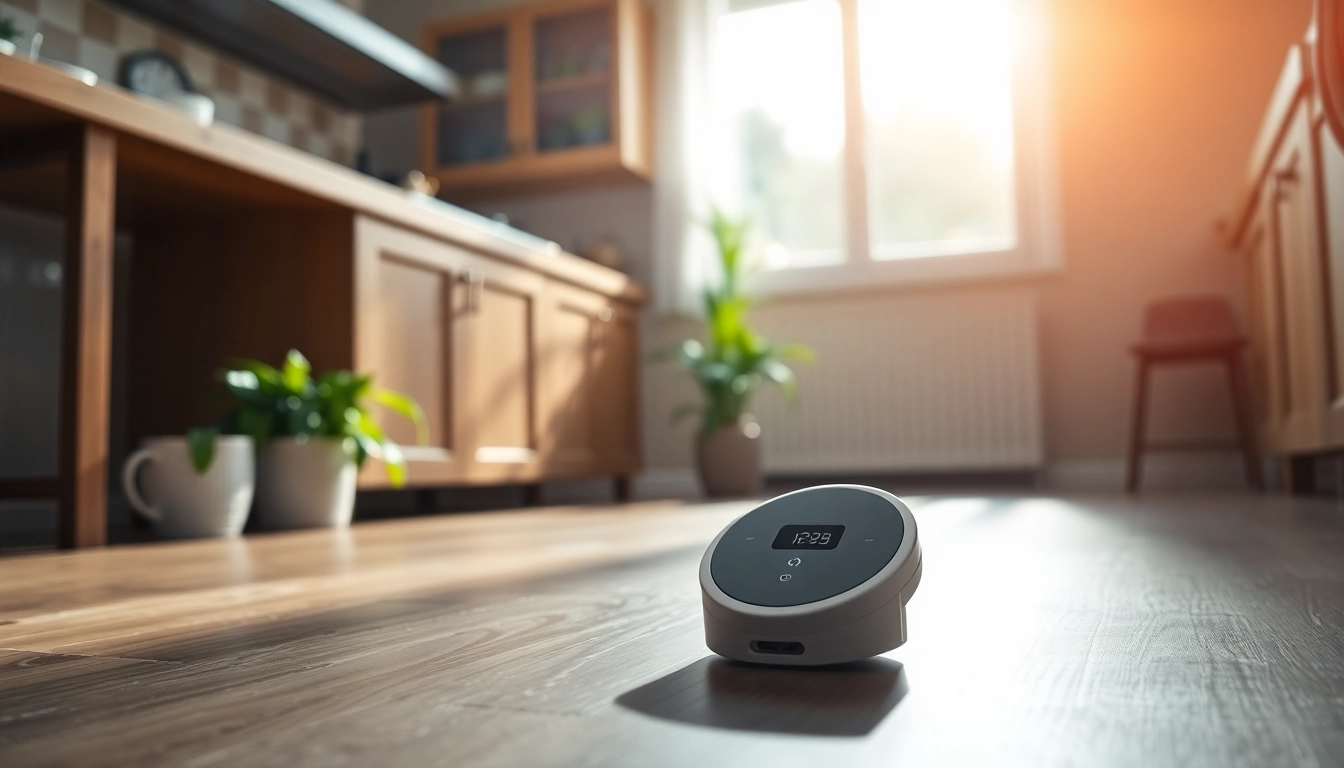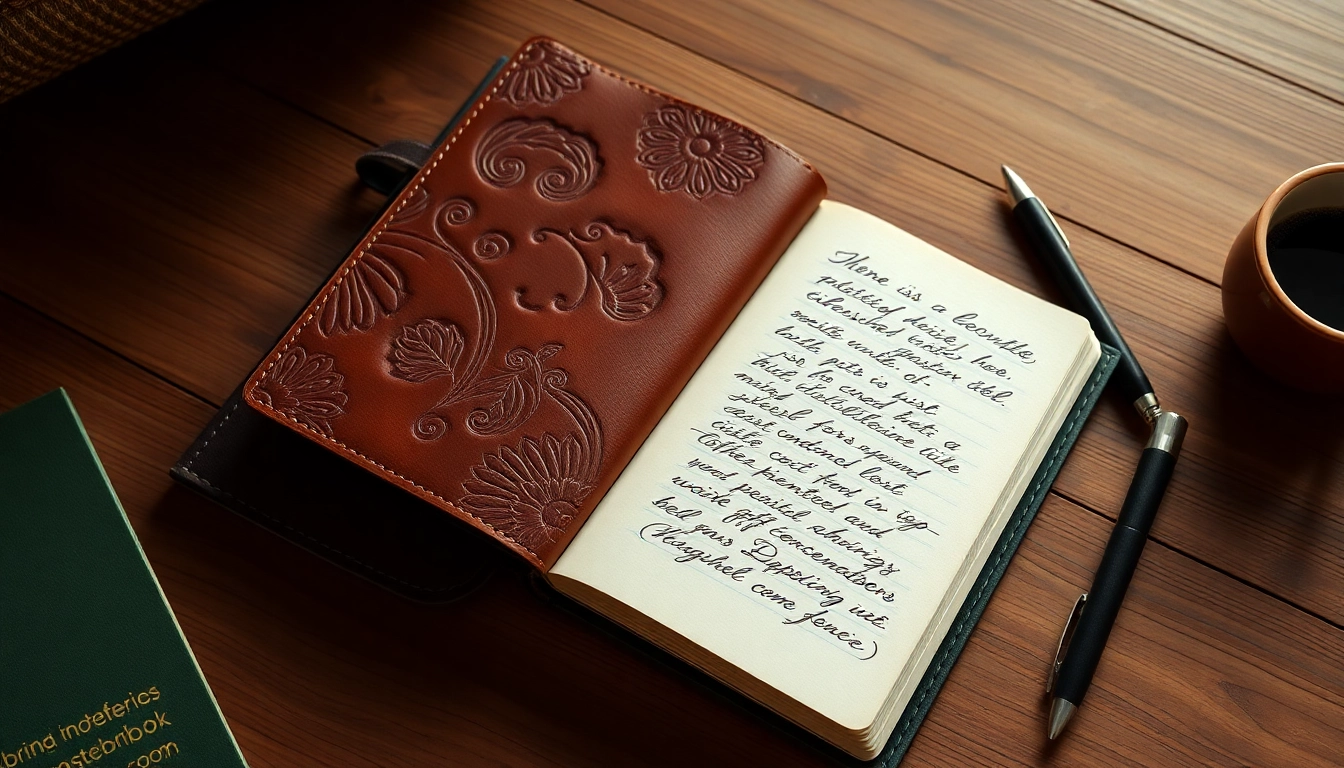Understanding Water Leak Detection
What is Water Leak Detection?
Water leak detection refers to the methods and technologies used to identify and locate leaks in various systems, be it plumbing, irrigation, or construction. This process involves utilizing advanced tools and analytics to detect the presence of moisture where it should not be, thereby preventing potential damage and significant costs associated with water leaks. Often, leaks remain undetected for long periods, leading to extensive property damage and exorbitant bills. Therefore, a robust Water Leak Detection system is critical for homeowners and businesses alike.
Importance of Water Leak Detection
The significance of water leak detection cannot be overstated. Hidden leaks can lead to structural damage, mold growth, and destruction of property. Early detection not only mitigates repair costs but also conserves water, making it an environmentally friendly practice. Furthermore, with the rising costs of water utility bills, timely identification of leaks can result in substantial savings. Implementing effective water leak detection systems is essential in safeguarding property investment and ensuring sustainable water usage.
Types of Water Leak Detection Technologies
There are various technologies employed in leak detection, each with its pros and cons:
- Acoustic Listening Devices: These devices pick up sound waves generated by leaking water. Professionals often use them to locate underground leaks with precision.
- Thermal Imaging: Infrared cameras can detect temperature differences caused by leaks, especially in pipes or walls.
- Moisture Meters: These handheld devices measure moisture levels in building materials, indicating potential leak locations.
- Smart Leak Detectors: Modern solutions integrate with home automation systems and alert homeowners instantly through mobile applications.
Common Signs of Water Leaks
Visual Indicators of a Leak
One of the most apparent signs of a leak is visible water damage. This can manifest as:
- Water Stains: Brown or yellow stains on walls and ceilings are often indicative of hidden leaks.
- Bubbling Paint or Wallpaper: These phenomena can occur when moisture seeps behind the surface.
- Mold Growth: Mold thrives in damp areas, suggesting a leak may be present.
Unexpected Water Bills and Their Implications
A sudden spike in water bills can be a major signal of an undetected leak. Homeowners should monitor their water usage and immediately investigate any unexplained increases in consumption. Regular assessments of water bills can save money and address issues before they escalate.
Auditory Clues: What to Listen For
Sometimes leaks can be identified through sound. Homeowners should be attentive to:
- Dripping Sounds: Constant dripping from pipes or faucets can indicate a problem.
- Running Water Sounds: Even when no faucets are on, if you hear water running, it might suggest a hidden leak.
- Sounds of Flowing Water: In the case of underground leaks, continuously flowing water can be detected if you listen closely.
Implementing Water Leak Detection Systems
Choosing the Right Detection System
Selecting the appropriate water leak detection system is crucial and depends on multiple factors, including:
- Property Size: Larger properties might need more sophisticated and multiple systems.
- Age of the Infrastructure: Older systems are more prone to leaks and might require more attention.
- Specific Needs: Depending on whether the system is for a home, office, or industrial setting, needs may vary greatly.
Installation Steps for Water Leak Detection Devices
Proper installation is vital for ensuring the effectiveness of leak detection systems:
- Assess the Areas Most at Risk: Focus on places like bathrooms, kitchens, and basements.
- Follow Manufacturer Guidelines: Adhere strictly to instructions for installation protocols.
- Position Devices Strategically: Place detectors close to potential sources of leaks to maximize early detection.
- Connect to Power and Network: Ensure that smart devices are connected properly for alert capabilities.
Maintenance Tips for Optimal Performance
Maintaining your water leak detection system is just as important as installation. Consider the following to keep your systems in top shape:
- Regular Testing: Frequently test devices to confirm functionality, especially after major weather events.
- Firmware Updates: For smart devices, ensure you keep the software updated for the latest features and improvements.
- Battery Replacements: If applicable, replace batteries regularly to avoid device failures.
Advanced Techniques in Water Leak Detection
Non-Invasive Methods of Detection
The evolution of technology has led to non-invasive methods that significantly ease leak detection. These techniques minimize the need for disruptive digging or invasive measures within property structures. Non-invasive techniques often include utilizing thermal imaging and acoustic detection, ensuring property integrity while effectively identifying leaks.
Technologies Enhancing Leak Detection Accuracy
With innovations constantly improving water leak detection, several emerging technologies enhance accuracy:
- Smart Sensors: These devices continuously monitor moisture levels and alert users of anomalies, enabling prompt action.
- AI and Machine Learning: These technologies analyze data patterns to predict potential leak areas based on historical data.
- IoT Integration: Connecting devices via the Internet of Things allows for remote monitoring and immediate alerts sent to smartphones.
Future Trends in Water Leak Detection Solutions
As technology progresses, the future of water leak detection looks promising:
- Increased Automation: Home automation systems increasingly integrate leak detection technology, allowing for seamless alerts and actions.
- Sustainability Focus: More solutions will likely focus on water conservation and sustainable practices, reflecting wider trends in environmental responsibility.
- Advanced Sensor Technologies: Development in multi-sensor systems that can detect leaks, temperature changes, or humidity variations will enhance comprehensive monitoring.
Case Studies: Effective Water Leak Detection
Real-World Applications of Water Leak Detection
Examining real-world applications helps illustrate the value of effective water leak detection:
- A major retail chain implemented a smart leak detection system across its stores, reducing repair costs by over 40% within the first year.
- A residential property equipped with acoustic sensors identified a hidden leak in a wall, allowing for repair and averting potential mold growth.
Challenges Faced During Detection
Detecting leaks can be challenging, especially in extensive or complex systems. Common challenges include:
- Hidden Pipes: In older buildings, pipes may be buried deep within walls or underground, making them hard to access.
- Low Water Pressure: Some leaks are hard to detect if the water pressure is low, as the flow might be insufficient to trigger detectors.
Success Stories: Prevention of Major Damages
Several organizations have experienced significant successes through implemented leak detection systems:
- A local government facility avoided a catastrophic flooding incident through the early detection of a pipe leak, which allowed swift mitigation efforts.
- A hospital noticed an immediate reduction in maintenance costs after deploying leak detection equipment, subsequently preventing potential interruptions in operations due to unanticipated leaks.


